A Guide to Knitting Yarn: All Skeins Are Not Spun the Same
Are you also a lover of this imagery: a cozy coffee shop atmosphere during the cold months of the year, it’s raining but inside everyone is wearing warm, cozy clothes (like some kind of hand-knitted cardigans)? Yes, mine too. There are also all kinds of knitted hats, blouses, blankets, mittens, scarfs, socks, all the way to earrings and bracelets, to wear and feel snug in. But knitting itself as a hobby or even as a small business idea is very satisfying. Using your skills to create something that is going to be useful for someone else or yourself is what knitting is all about. And regardless of whether you’ve been doing it for years, or you’re about to begin learning or maybe want to teach someone else, you’re going to need a basic knitting kit.
Contents
 What Does a Knitting Kit Include?
What Does a Knitting Kit Include?
For beginners, a knitting kit will often come with everything you need in a given project: a pair of needles, a skein or two of yarn, and the instructions for the “pattern” of your choosing. Some kits may include other helpful tools like scissors, markers, a tapestry needle, measuring tape, crochet hook, etc. As we wait for temperatures to drop, a pair of mittens or a cozy set of slipper socks will help you stay warm on cold, winter days. And the practicality of knitting is of a multi-purpose: it will keep you happily occupied by yourself or others, with a practical outcome as a new piece of clothing. Kits are available to make everything from merino wool blankets to sweaters knitted with alpaca, as imagined and designed by you, the maker.
How to Preserve the Colour of Your Knit
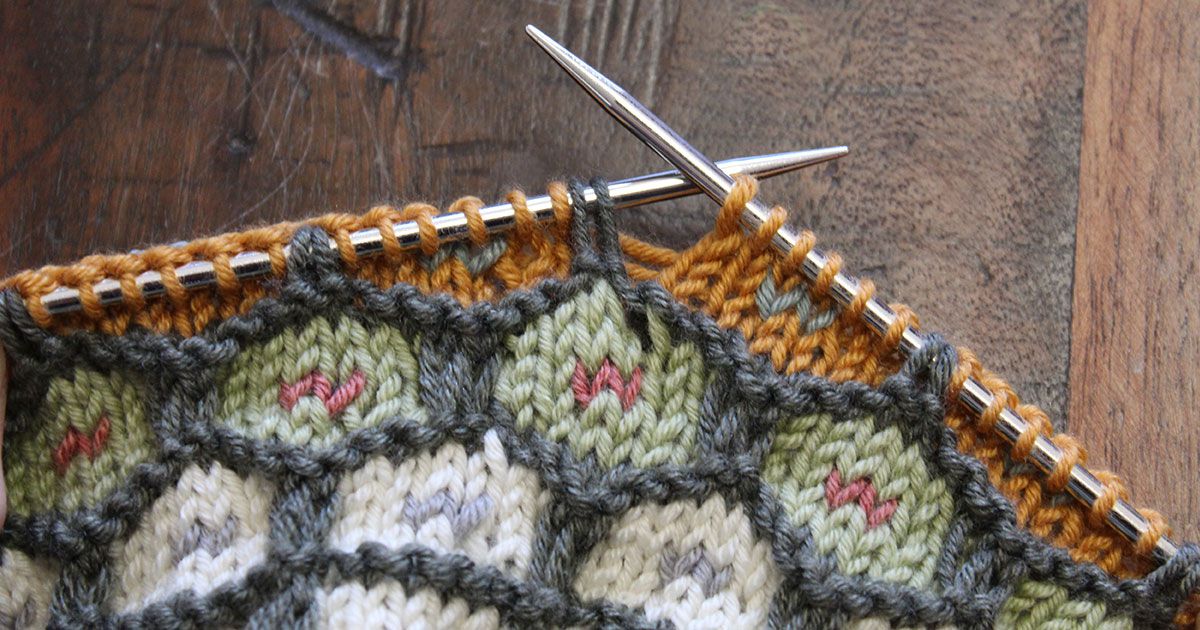
Best Fibres a Beginner Can Learn How to Knit With
There isn’t a criterion that can decide the best yarn, best needles or best way to knit or crochet. But there are some recommended practices to follow when choosing yarn and of course the pattern that is obligatory for you to achieve a certain look. That being said, some fibre is much easier to use than others, at least when starting with knitting.
 Merino Wool
Merino Wool
Alpaca Yarn
Alpaca’s name comes from the animal from whose fleece it is produced. Similar in appearance to llamas, alpacas are native to South America and their wool is adorned for the soft, warm yarn it produces. This is a wonderful choice for winter gifts for your loved ones who have sensitive skin and don’t respond well to wool that has rough hair. Alpaca yarn is naturally hypoallergenic and comes in a variety of natural shades of colours. You can find anything from a pure, almost white, cream colour up to a dark chestnut kind of dark brown, grey, and even black. So if you love undyed natural yarns, alpaca is a wonderful yarn to experiment with different knitting patterns with.
 Cotton Fibre
Cotton Fibre
Cotton is one of the oldest known materials and remains popular in knitting today, especially for those who are allergic to wool or are looking for a material with cooling properties. Cotton is soft, light, breathable, absorbent, and durable. Cotton is available in a variety of thicknesses, making it very versatile and suitable for beginners. This is a plant-derived material, machine-washable and over time, cotton gets even softer. Generally, cotton is inexpensive but quality varies by price. Depending on your yarn project, or if you’re knitting for your special ones, spending a little more might be worth it.
Icelandic Wool
The wool of Icelandic sheep is unique in that it has a cross of two different types of hair that serve as a natural barrier from wet and cold weather. The outer layer is composed of coarse, long hair known in Icelandic as tog. Underneath the tog, there is a layer of short hair, known in Icelandic as pel. This wool comes in four levels of thicknesses: fine, medium, long, and double, with the finer wool being softer, delicate a bit harder to work with. It is also naturally fire-resistant, and its insulating nature (which is detrimental to the survival of the Icelandic sheep) makes it cool in summer and warm in winter.

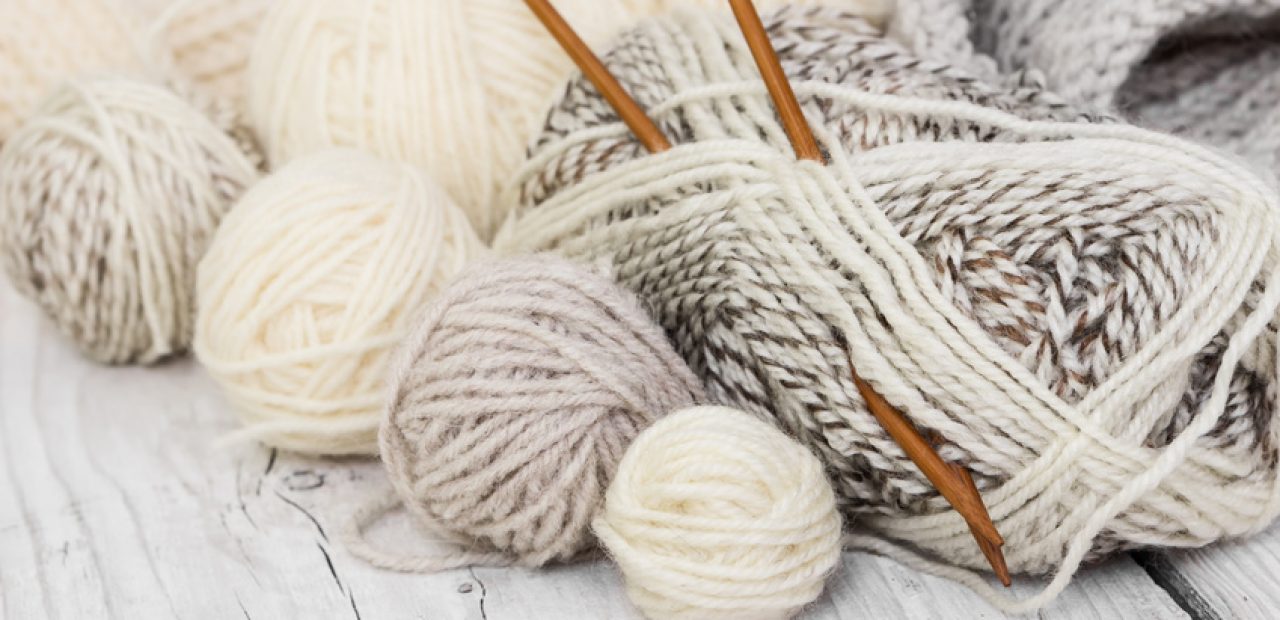
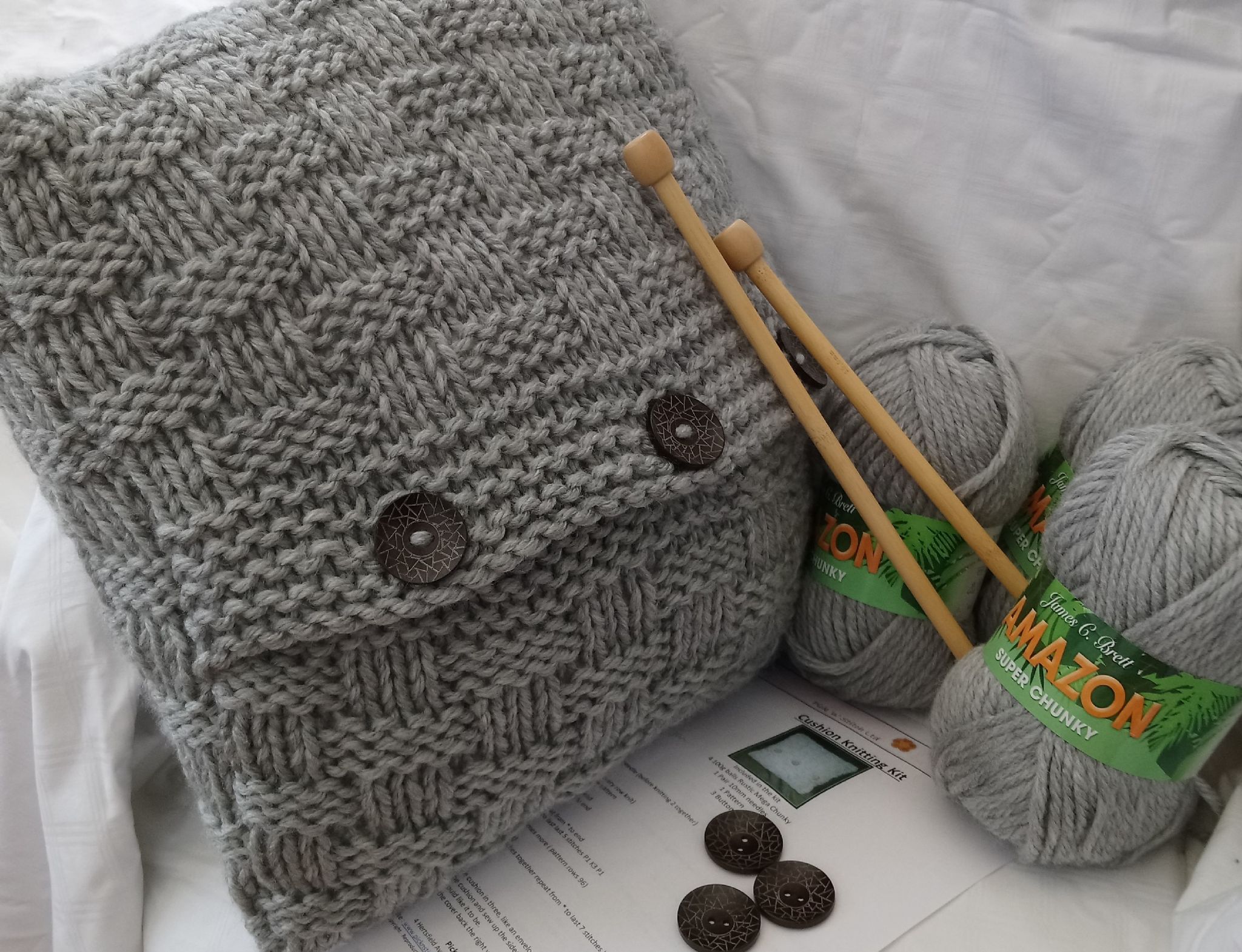 What Does a Knitting Kit Include?
What Does a Knitting Kit Include?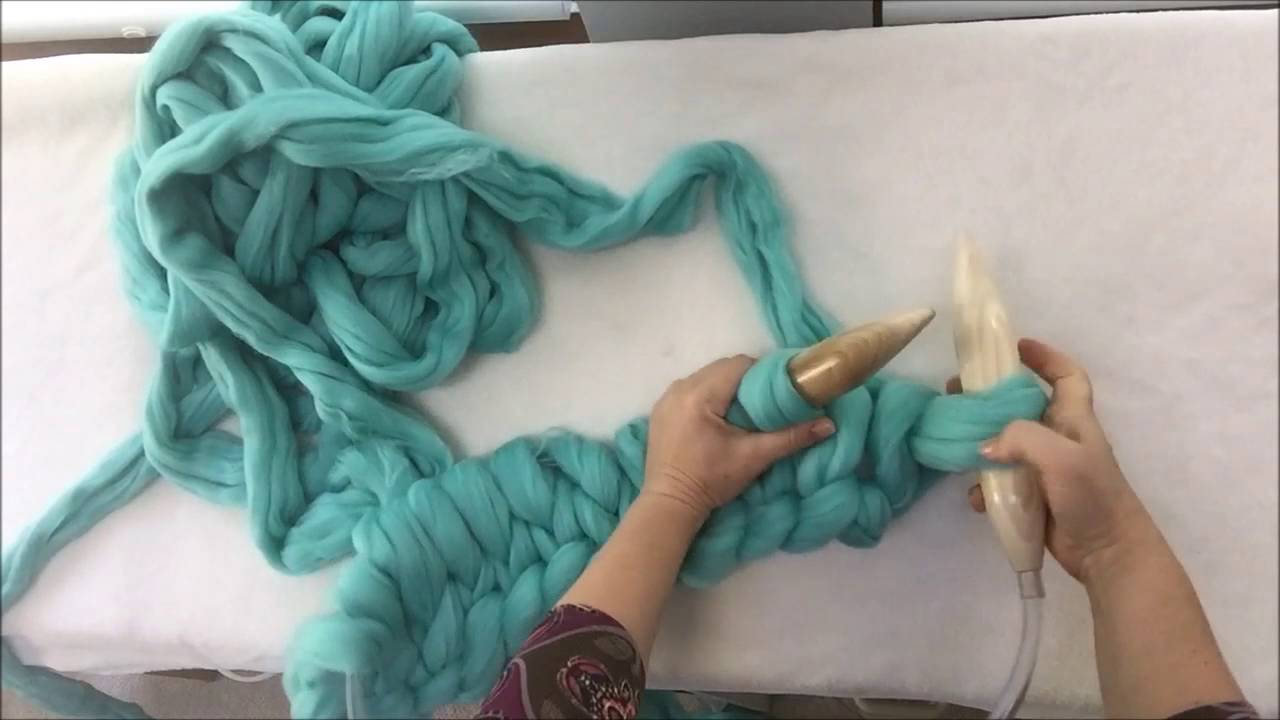 Merino Wool
Merino Wool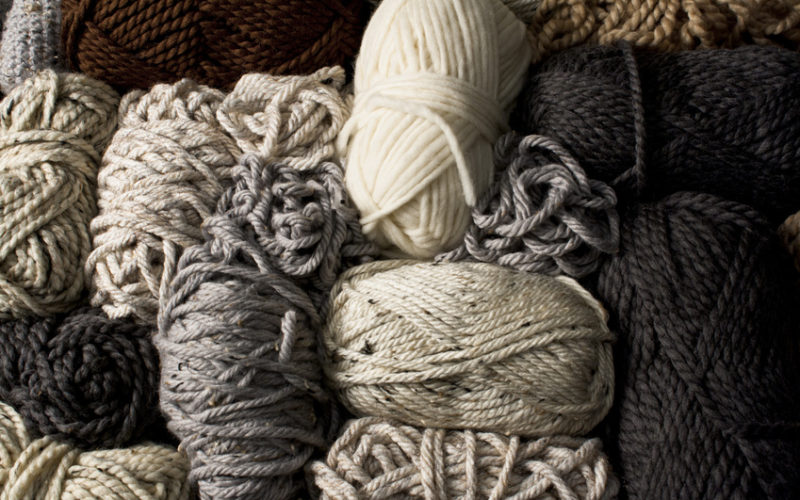 Cotton Fibre
Cotton Fibre














